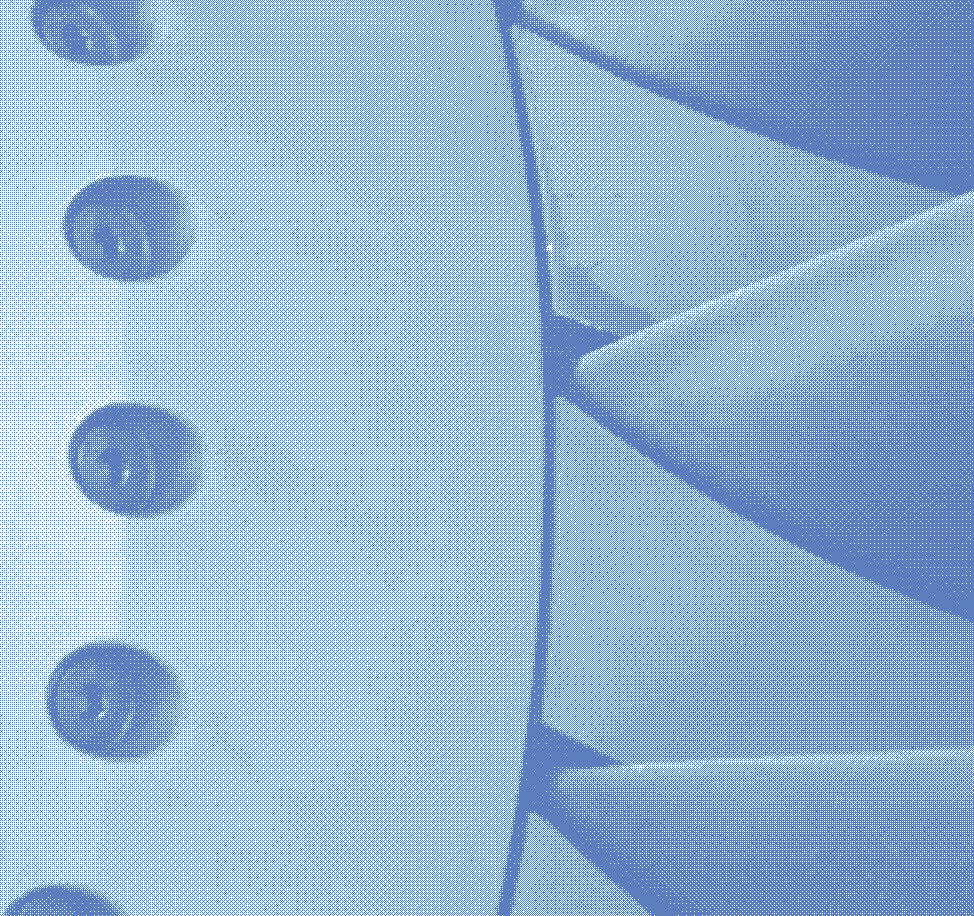Our Approach
At the heart of our approach will be the development of more accurate simulations, supported by new state of the art 3D multiscale and time resolved in-situ analysis methods. This will allow us to accurately predict shape, microstructure, and properties in dynamically evolving complex materials systems.
This research will allow us to simultaneously engineer shape and properties, with more precision than currently possible, in more difficult materials, extended performance, and flexibly tailor thickness and properties in components. More precise digital simulation will also reduce product development cycles and costs.
With over 80% of all metallic components made from wrought, formed materials - the project will provide the critical science base required to allow UK industry to innovate in high value-added manufacturing.
The transport manufacturing sector is vital to the UK economy, being worth over £20B to GDP, in value added, exporting 80% of its output, and employs nearly 500,000 skilled workers.
LightForm already has over 20 collaborating companies and our strong engagement with industry will provide a direct route for technology transfer and impact.
We also aim to address the severe skills shortage in the UK by training PhD students in a multidisciplinary environment across the frontiers of materials and manufacturing.
LightForm – Objectives
We aim to provide UK industry with the enabling research for a new holistic approach that will lead to a step change in the cost-effective production of more mass-efficient and recyclable light alloy components. This will be realised through intelligently embedding materials engineering into the forming processes that shape components, by delivering the following core scientific objectives:
- Improve current fundamental understanding and modelling of key dynamic material interactions in forming light alloys (e.g. strain hardening in highly unstable strong alloys, where solute diffuses and precipitation occurs simultaneously with forming);
- Develop a virtual dynamic microstructure simulation tool, to populate parameter space, and compress the output into a computationally efficient form for implementation in industrial forming codes;
- Demonstrate the application of advanced modelling to exploit synergies between forming and microstructure engineering in innovative high impact MEME solutions.
Specifically we aim to develop the science and modelling capability that will allow LightForm to:
- Enable precise shape and microstructure prediction at the design stage, thus accelerating time to market, nearer-net-shape parts and the flexible forming and mass customisation of products;
- Demonstrate how embedded materials engineering can benefit industry, by utilising dynamic effects to intelligently engineer a material during manufacturing, so as to reduce process steps, extend formability and increase component performance;
- Develop pre-processing and forming routes that enable a wide spectrum of properties to be obtained from a reduced set of alloys, with a higher tolerance to contamination, facilitating closed loop recycling.
- Extend the limits of formability for low ductility materials (Ti, Mg) through embedded microstructure engineering, making these materials more cost-effective - by avoiding expensive alloys and processes;
- Tailor thickness simultaneously with properties and engineer near-surface structures, with higher surface quality and corrosion resistance, for higher performance in demanding environments.



